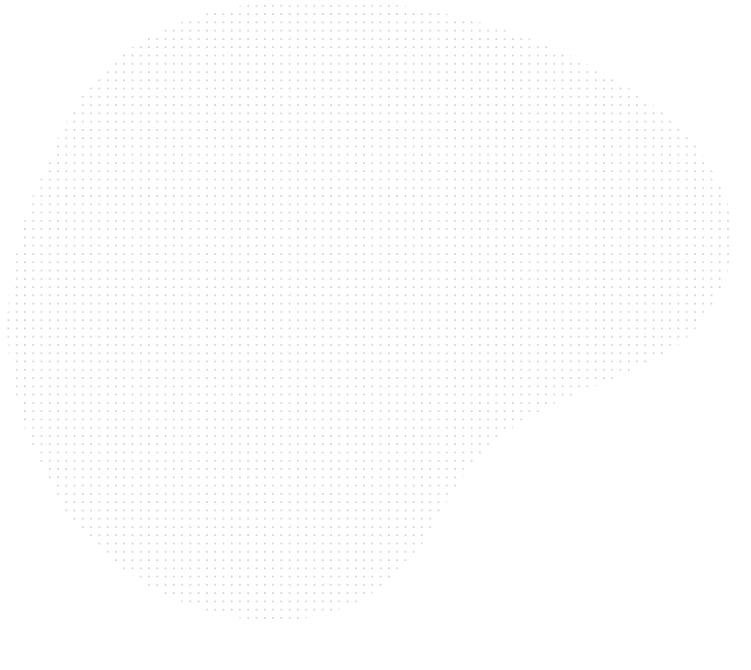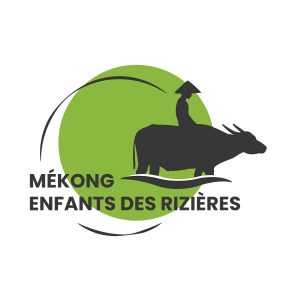
Contributing to the reduction of poverty and food insecurity in the Mekong Basin by training women in agro-ecological practices that contribute to the preservation of an endangered ecosystem - Laos, Vientiane province.
Project title
To contribute to the reduction of poverty and food insecurity in the Mekong Basin by training women in agro-ecological practices that contribute to the preservation of a threatened ecosystem
- Laos, Vientiane province.
Project subtitle :
Promotion of aquaculture with a fish farming system integrated with rice cultivation, as a model for food security and poverty reduction. Creation of income-generating activities and capacity building for the Lao community through the development of a comprehensive agro-ecological value chain, with the environmental objective of protecting endangered or vulnerable native fish species in the Mekong River basin.
Geolocation :
Dongkouay, Laos GPS Point: 18°01'14.4″N 102°48'36.8″E
See the presentation material


- Intervention theme
-
- Environment
- Agri-agro
- Energy
- Water - EHA
- Area of intervention
-
- Other (please specify)
- Laos
- Skills required
-
- Search for funding
- Logistics
- Installation of equipment/machinery
- Study/Technical analysis
- Type of partnership
-
- Sponsorship
- Co-construction
- Financing
- In search of funding
The Mekong River is a vital artery of the Indochinese peninsula, flowing over 2,000 km and providing an essential water resource for the entire upper and lower basin. Considered the world's leading freshwater fishery, it also allows for the irrigation of the region's rice-growing plains. Even though demographic and economic growth as well as industrial development are inexorably increasing water withdrawals, the Mekong is not considered to be under water stress. On the other hand, there are serious concerns about this freshwater fauna, which is one of the most diverse in the world: The development of hydroelectricity, and its consequences on fishing and bank erosion, overfishing and fishing in migration and reproduction zones, overexploitation of bank sand, etc. Multiple environmental problems - greenhouse gas (GHG) emissions linked to agricultural production, deforestation, water pollution, loss of biodiversity - call into question the sustainability of this fragile ecosystem, and consequently impact the food security of the region's inhabitants.
In line with the 2030 Sustainable Development Goals (SDGs), the proposed project - in the village of Dongkouay - aims to reconcile environmental, economic and social impacts in order to participate in the response to all of these issues. With the ambition of implementing sustainable and responsible agricultural and aquaculture practices, the keystone of the project is the creation of an aquaculture farm (hatchery and ponds), where villagers will be trained in aquaculture techniques allowing the production of fry used for stocking rice fields (rice-fish farming) or ponds. The harvesting of the fish will be a source of income-generating activities (IGA) for the villagers, as well as a food supplement (personal consumption of the fish produced). This programme is part of the continuity of the traditional activities of the village and does not require costly individual investments, which means that it can be considered to be of real benefit to 100% of its inhabitants.
The fish hatchery that will be created will focus on the reproduction and preservation of native Mekong fish species registered on the International Union for Conservation of Nature (IUCN) red list as endangered or vulnerable, the project will be able to claim a strong environmental dimension, and work very concretely to the effort of biodiversity protection. Indeed, this programme will also allow the stocking of spawning or migration areas of the Mekong River, in order to give a new impetus to the preservation of the biodiversity of this river and to the enhancement of the natural wealth of our planet.
To be precise, a cricket breeding project has already been initiated in the village, in partnership with the association Dynamic Actions. In the same logic of developing income-generating activities (IGA), the crickets can be sold by the villagers on the local markets; their interesting nutritional contribution (proteins) also makes it possible to reinforce food security thanks to the personal consumption of part of the production. At the meeting point with the aquaculture project, this cricket production is also used to create an alternative to animal meal, which is used directly in the aquaculture farm.
Definition of the general objective(s)
To meet the objectives of sustainable development.
The project aims to contribute to the achievement of the Sustainable Development Goals (SDGs) defined by the United Nations member states by 2030. It is in line with the 8th plan of the Laotian government authorities, whose central objective is to increase fish production by 10%(SDG n°8 Decent work and economic growth), as well as with the 2015-2025 national nutrition strategy, which aims to prevent water and food-borne diseases(SDG n°3 Good health and well-being). Fish is, it should be remembered, an essential source of protein for the food security of populations(MDG 2: Zero Hunger).
The creation of income-generating activities, with a project approach that integrates gender issues, makes it possible to comply with SDG No. 1 No Poverty and SDG No. 5 Gender Equality.
Finally, through the creation of a fish nursery that does not exist in Laos, the project is committed to the protection and safeguarding of endangered indigenous fish species of the Mekong River (species included in the International Union for Conservation of Nature's IUCN red list), and in this way contributes strongly to the achievement of theMDG n° 14 Aquatic life .
The overall objective of the project can be summarised as follows To contribute to the reduction of poverty and food insecurity in the village of Dongkouay through the implementation of Income Generating Activities (IGA) contributing to the respect and preservation of an endangered ecosystem.
Definition of specific objectives
- Specific Objective 1: Improve the population's access to new sources of quality protein to combat food insecurity
- Specific Objective 2: To develop Income Generating Activities (IGAs) - with a gender and youth oriented approach - to contribute to the reduction of poverty and inequalities within the village
- Specific Objective 3: Strengthen the resilience of the village community through capacity building and empowerment of its CSO
Number of direct beneficiaries
2146
Nature of direct beneficiaries
The direct beneficiaries of the action will be the inhabitants of Dongkouay village, the project site located in Xaythani district, Vientiane province. Its population is estimated at 2,146 people for 340 families, including 374 young people under the age of 17. To be precise, 110 pupils (45 girls and 65 boys) are enrolled in the village at primary and secondary level.
Indeed, beyond the direct jobs created within the hatchery and the IGAs linked to the production of crickets, it is an overall reinforcement of the social cohesion of the village that is expected and which will contribute to reducing poverty with inherent positive impacts on health, education...
Selection criteria for direct beneficiaries
Target groups will be defined on the basis of objective criteria of vulnerability such as the level of household income, difficulties in accessing the labour market, current diversification of household income, number of dependants in the household, individual disabilities, etc. Households assessed as most vulnerable will be prioritised for access to the project, subject to a clearly stated commitment and motivation to the project
The selection of beneficiaries will also be viewed through the prism of gender equality and the promotion of opportunities for disaffected youth. It will also take into account pre-existing social, cultural and political dynamics and practices that may marginalise or exploit certain groups.
This evaluation will be carried out by the Lao CSO "Pa NamKong Lao Community Association" - the NGO MEKONG ENFANTS DES RIZIERES ensuring that all villagers have access to information about the project and that a monitoring system is in place to ensure that aid is given independently and based only on need.
Number of indirect beneficiaries
3700
Nature of indirect beneficiaries
In terms of indirect beneficiaries, the action will concern, albeit to different degrees, the inhabitants of the village of Houaxiang located only 2km from Dongkouay. Composed of 617 families representing a total of 3,186 inhabitants, the village will benefit from the impacts of the project in the medium term, in that it will contribute to the proposal of a new model for its development and the protection of its environmental capital. The geographical proximity will facilitate the transfer of skills, the replication of activities and training between these two villages, which know each other well.
The fishermen of Champassak province (in southern Laos) will also be indirect beneficiaries of the project, as they will be asked to catch the spawners and will be rightly remunerated for this service.
By securing household incomes, access to education can be improved, particularly at the high school level, which is provided by the Houaxiang school (currently 511 pupils from the 5 surrounding villages, including Dongkouay).



Are you interested in this project?
Get in touch with Mékong Enfants des Rizières
to obtain contact information
You need to be logged in to request a match.
New to Coexist?







